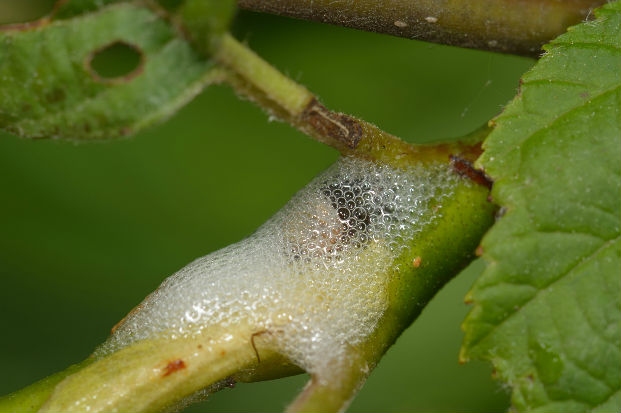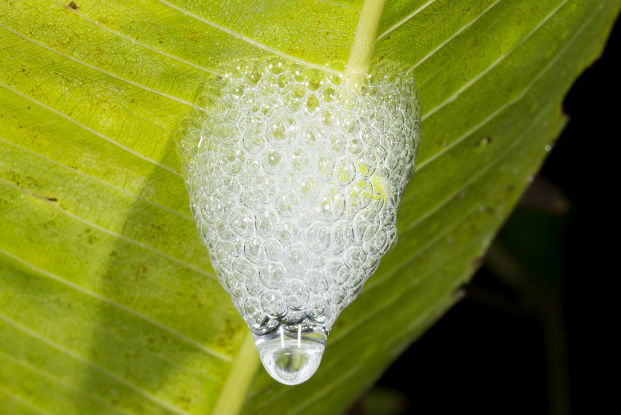Vote for the fact you find most fascinating
The apple-leaf has been traditionally used to make dug-out canoes.
Spittle bugs (Ptyelus grossus) live on the sap of the apple-leaf. To extract sufficient nutrients they need to absorb the liquid so quickly it pours out of them to such an extent that the tree appears to rain, hence the trees alternative name, the rain tree.
The genus name for the apple-leaf, Philenoptera, originates from the Greek, philenos which translates as “manageable” and pterus which means wing. These combined refers to how the wings enable the pods to disperse.
The species name, violacea, refers to the violet flowers of the apple-leaf which cover the tree in October and November.
Folklore says that it is very bad luck to cut down an apple-leaf tree. To do so will result in a rift in the family. It’s also illegal to do so in South Africa.
People living off the land will put bits of apple-leaf bark and roots into self-contained pools to deoxygenate the water, as a result all the fish will die and float to the surface.
There are many traditional remedies which the apple-leaf can be used for. The roots are inhaled as a cure for the common cold and the powdered roots and bark are used to treat snake bites.
The common name of the apple-leaf is a result of the large leathery leaves which when crushed sound like somebody taking a bite out of an apple.





